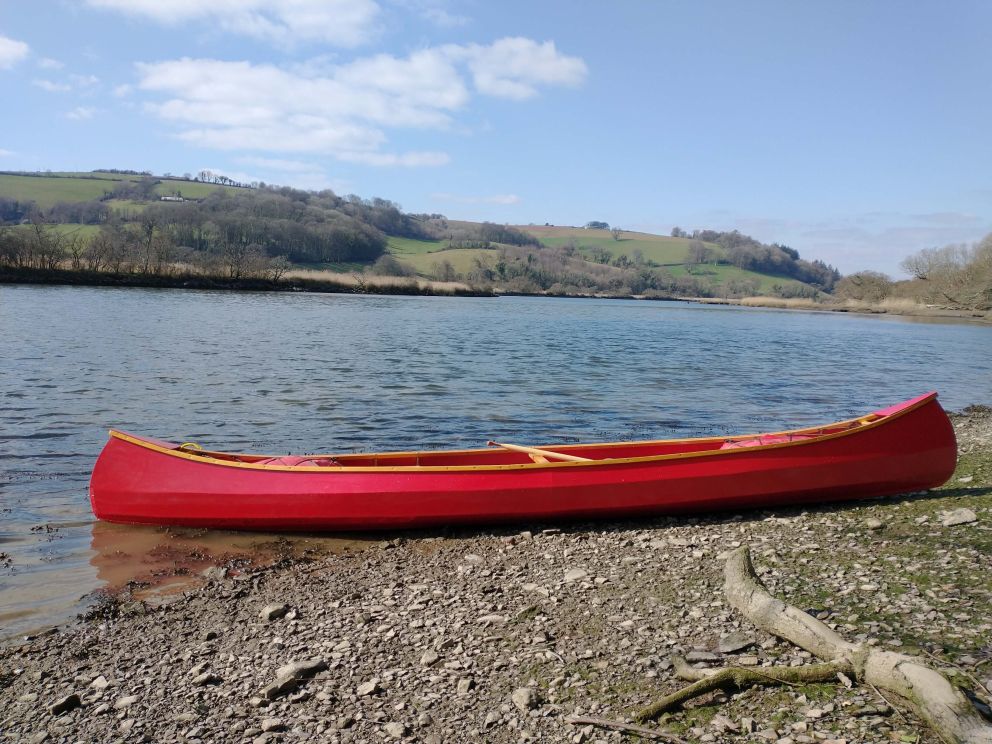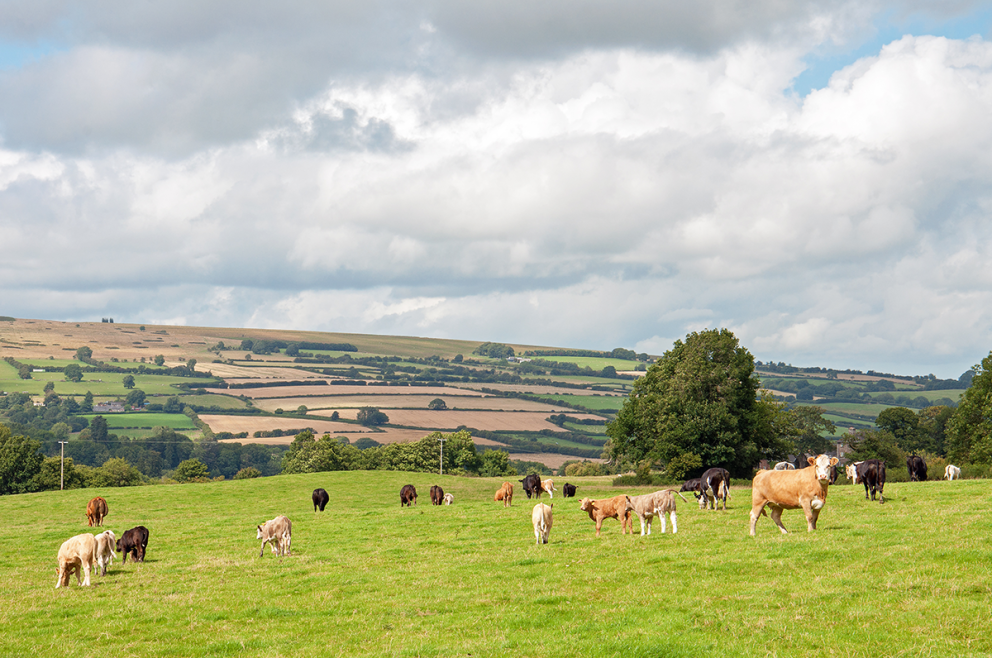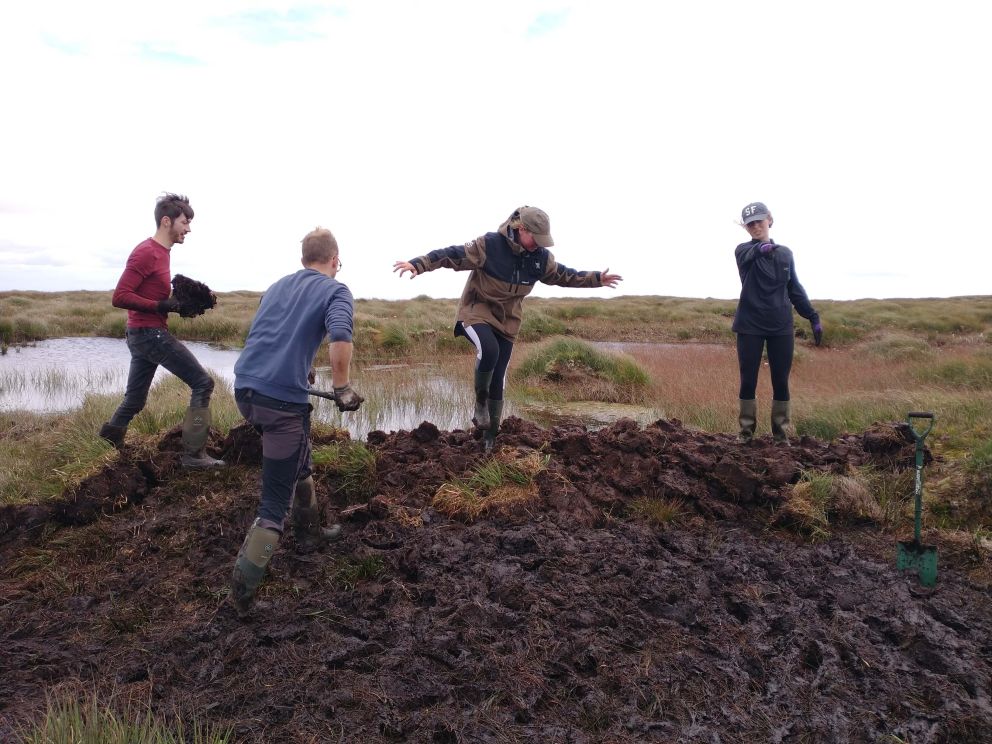| H |
Improving and Creating Habitats |
| H1 |
Restore degraded upland peat |
Reduce acid flushes
Sustain flows
Reduce flooding
Support nature recovery
|
There is no funding in place for the South West Peatland Partnership’s work in the Dart beyond March 2025. Funding is needed to support c.1500ha of priority restoration that has been identified in North-West Dart catchment (Blackbrook, Cowsick, Upper West Dart). Cost = £12k/ha, total £18m |
South West Peatland Partnership |
| H2 |
Convert conifer plantations to broadleaves where biodiversity is the priority |
Reduce acid flushes
Increase infiltration
Support nature recovery
|
The Forestry Commission has targets for conifer conversion in its Dartmoor Forest Plan 2016-26. These targets should be expanded in the next plan phase, targeting watercourse buffers adjacent to East Dart and Cherry Brook with management designed to reduce acid flushes and prioritise soil and nutrient stability. |
Forestry Commission |
| The Duchy of Cornwall, Woodland Trust, National Trust and others, supported by the Forestry Commission’s EWCO funding, are working on projects. These need ongoing support and expansion, especially alongside watercourses. |
Forestry Commission and partners |
| H3 |
Encourage natural woodland expansion along upland river valleys |
Increase infiltration
Support nature recovery
|
This action links with the expansion of temperate rainforest, a regional priority, which occurs in upland areas of Dartmoor. The South West Rainforest Alliance has set a target of trebling the area of temperate rainforest by 2050, to be delivered by members of the Alliance. This work needs ongoing support and coordination. |
SW Rainforest Alliance members |
| H4 |
Establish natural riparian margins throughout the catchment |
Increase infiltration and water quality
Support nature recovery
|
Habitats in the riparian zone that slow water and capture pollutants need to be managed and created. These include woodland, scrub and rough grassland. ELMS funding is available to support the creation and maintenance of these habitats. An attractive programme is needed to support farmers and landowners in creating these wild margins and targeting the creation of contiguous stretches of habitat. Farm advisors can help deliver this programme but more resource is needed. |
Farm advisors with landowners |
| H5 |
Create new, and expand existing wetlands |
Sustain flows / improve water supply
Reduce flooding
Improve water quality
|
Support nature recovery Wetland creation and expansion can be supported by ELMS, and more resource is needed for farm advisors to support farmers. |
Farm advisors with landowners |
| H6 |
Prepare for the arrival of beavers in the catchment |
Sustain flows
Reduce flooding
Improve water quality
|
Support nature recovery Controlled releases of beavers are to be allowed, whilst natural spread across Devon is occurring. Development of a beaver management group will be necessary to help manage any permitted releases and impacts on landowners. |
Devon Wildlife Trust |
| H7 |
Restore surviving saltmarsh in the estuary |
Support nature recovery
Improve climate change resilience
|
A programme of actions has been identified and salt marsh restoration commenced. Project funding for further restoration / trial creation is needed. |
Dart Saltmarsh Project |
| H8 |
Reduce the impact of invasive species |
Support nature recovery |
A catchment (or sub-catchment) scale effort is needed to target invasive species such as Himalayan balsam, Japanese knotweed and skunk cabbage. |
River dart Catchment Partnership |
| F |
Fish Recovery |
| F1 |
Remove barriers to fish migration |
Support the recovery of migratory fish populations |
Priorities for salmon are tackling issues at Old Walls Hydro-Electric Power and Ashburn Falls. Funding is needed to enable this. |
Environment Agency |
| SWW plan to upgrade Blackbrook/Cowsic/W. Dart offtakes by 2030 to enable eel passage and funding has been identified for this work. |
South West Water |
| A map of priority barriers needs drawing up to bring our data up to date and target further action. |
EA/DFCA |
| F2 |
Protect and restore spawning gravels and associated riparian habitats |
Support the recovery of migratory fish populations |
DFCA is already delivering work on these lines but a more formal plan and approach needs developing. The main spawning gravels need to be mapped, and detailed plans developed, and then implemented, for gravel conservation and enhancing the headwaters riparian zone. |
DFCA/Duchy of Cornwall/ River Dart Catchment Partnership |
| F3 |
Reduce occurrence of low pH flushes in headwaters |
Support the recovery of migratory fish populations |
Further research is needed to establish a causal link with salmon survival, given evidence of local salmonid population tolerance of acid conditions. Meanwhile further liming trials should be carried out to test the efficacy and sustainability of this approach and impacts on calcifuge species.
Other measures to reduce acid flushes include peat restoration and conifer reduction – see Habitats section.
See also Research section.
|
University of Plymouth / WRT |



